Copyright © 2025 Motivate Media Group. All rights reserved.
Driven by design: Fabio Novembre
The Italian design genius reveals why a global perspective is the secret to happiness
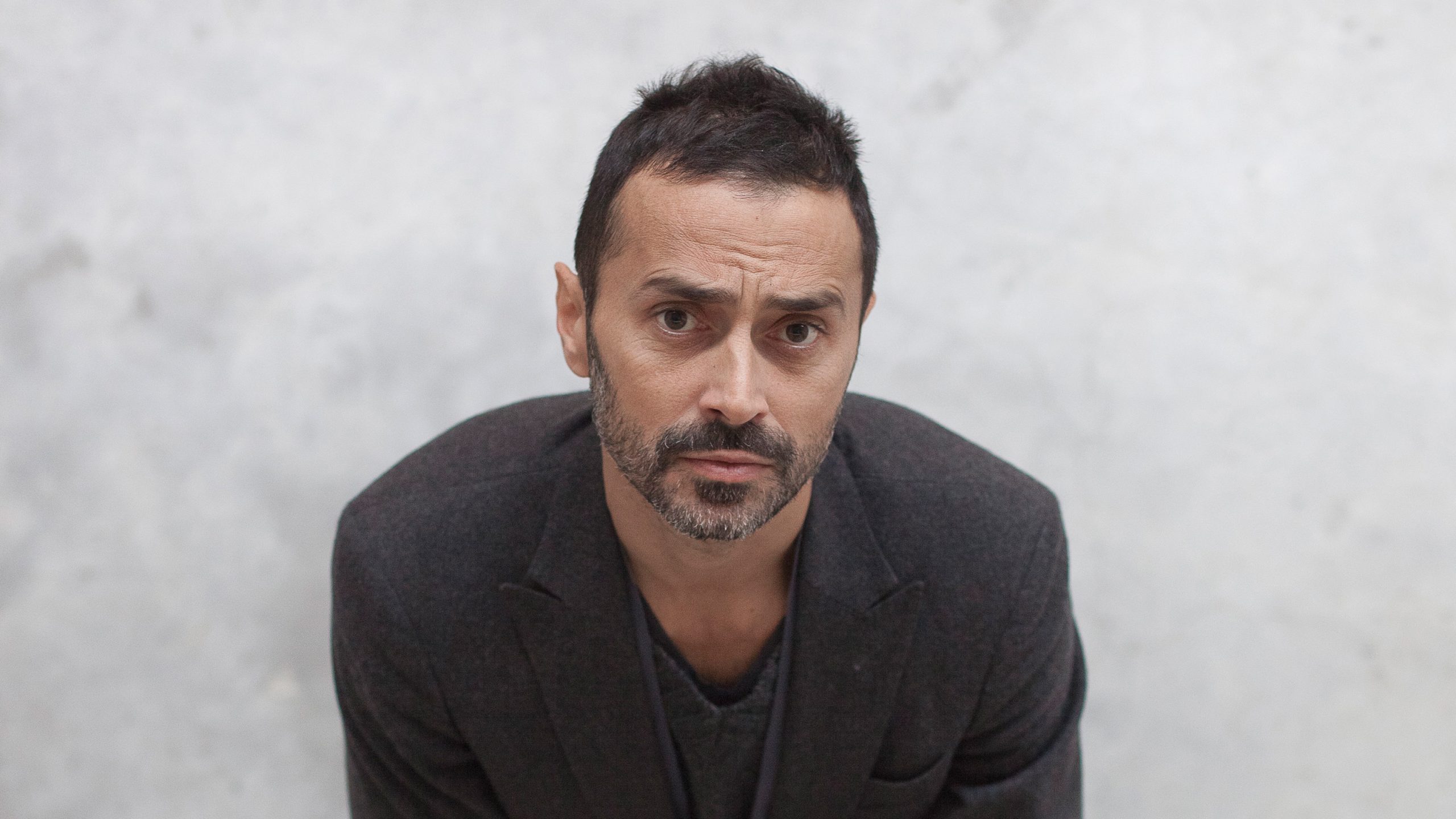
Synonymous with style, Italian design has never been more relevant or compelling. And its brand of thinking is represented by the inimitable Fabio Novembre, Italy’s Design Ambassador to the UAE for the second edition of Dubai’s ‘The Night of Italian Design.’
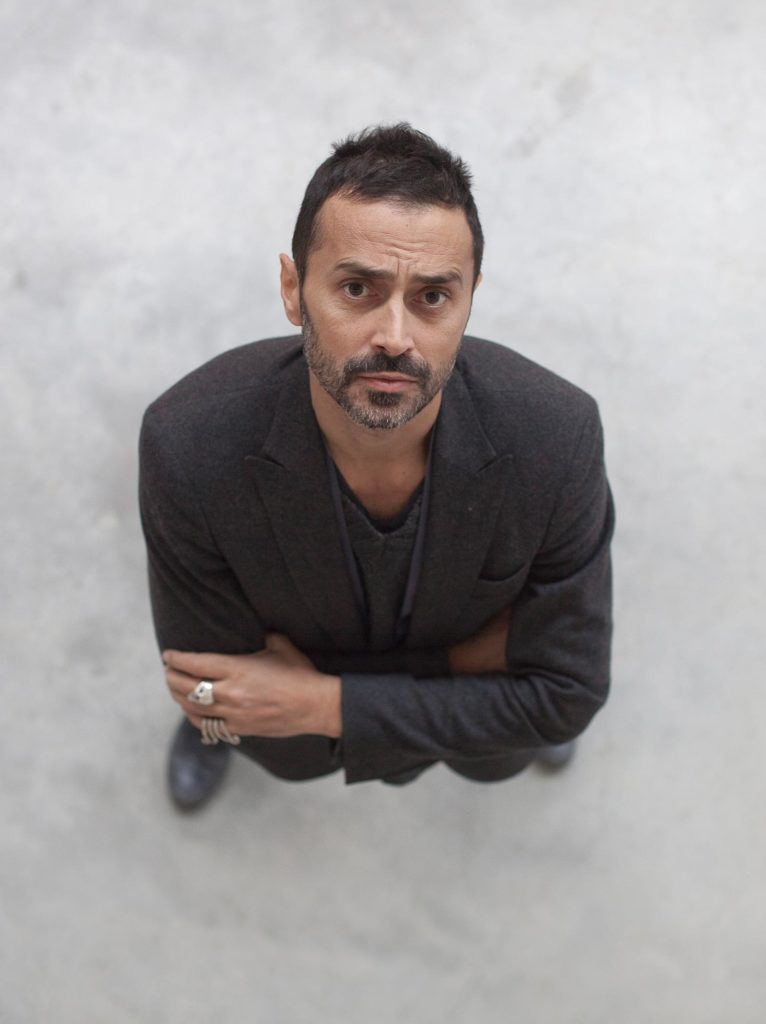
Photo: Emanuele Zamponi
The focus this year was on sustainability, including the research of eco-friendly solutions in architectural design, the development of recycling practices and the use of discarded materials.
Sponsored by the Embassy of Italy to the UAE, the Consulate General of Italy in Dubai and the Italian Trade Agency in Dubai, in collaboration with host Dubai Design District at d3, it featured 22 showrooms representing more than 100 coveted Italian brands.
Known for his magical thinking, Novembre’s keynote address captured the attention and imagination of an overflowing eager and devoted audience.
Both passionate and thoughtful, Novembre has a lack of pretention that’s often missing from those who seek his level of success on an international scale. Constantly designing for top brands – including Kartell, Stuart Weitzman, Driade and Cappellini – as well on enviable special projects such as the Lamborghini campus in Bologna and AC Milan’s headquarters, he’s remarkably grounded and is constantly looking for connections.
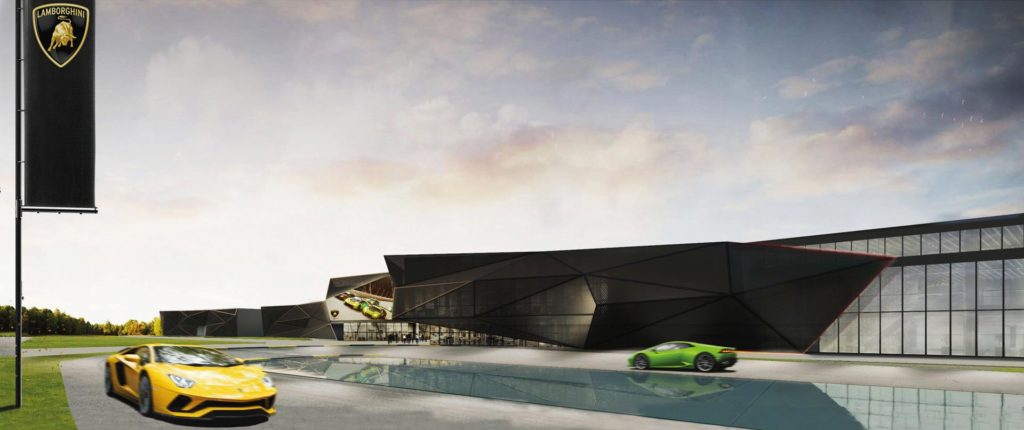
Lamborghini Compound
“Dubai is such a visionary place; I love it for that,” he says. “And that’s why Italians love Dubai, because we are visionaries too. Our minds are already connected.”
His approach to design remains his anchor. “The last decade is just a blink in the evolution of life. My convictions about love are deeply rooted in my approach to life that unavoidably reflects my design philosophy. The first symbol of my studio was a Cupid with a laser-gun: an updating of traditional bow-and-arrow for a better accuracy of results. All we do is just create the right conditions to fall in love.”
This leads to his nuanced definition of ‘design’: “I define design exactly as when humans appeared on the surface of the planet: the natural attitude to modify, in our favour, conditions around us, instead of adapting to them. Of course, this peculiar attitude may mess up [the] balances on which we survive. That’s why the life of a designer nowadays has a lot to do with alignment of priorities,” he muses.
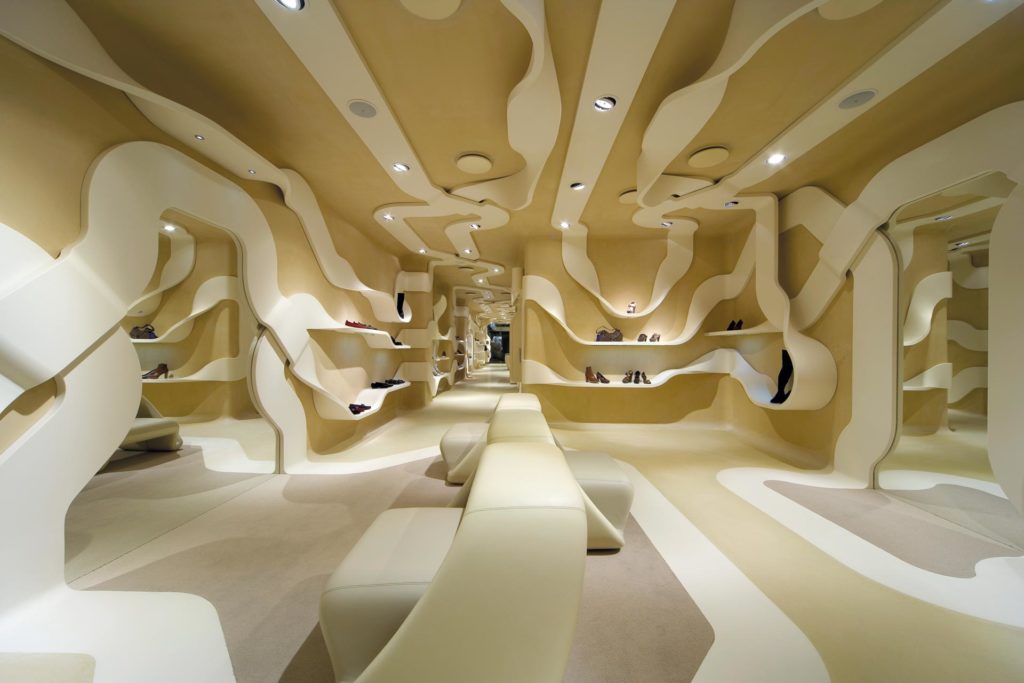
Stuart Weitzman shop
Much like the intricate, thoughtful concepts and details that define his work, Novembre’s path towards his vocation reflected his ability to find beauty and power in many places. “I wasn’t at all the kind of kid that knew what he would have been as an adult. I grew up innocently, with no big ambitions. When I had to choose the school for my higher education, I picked architecture because at that time it was a perfect balance between scientific and humanistic disciplines, and I think that’s the reason why so many great designers came out from Milan’s Politecnico. The wider your spectrum of knowledge is, the better will be the result of all your design efforts. I do not believe in hyper-specialisation,” he explains.
He is also clear about other links: “I strongly believe in the classical aesthetics-ethics dualism. The two should always walk together and when they don’t, life stumbles. Both evolve, unavoidably, changing our approach to life itself, but the secret is to deal with them as one: that’s the formula for happiness.”
“In a world that is getting flat and two-dimensional, too often we forget that we are made of flesh and blood and that children are born the same way still. Architecture and design should be built around the human being,” he continues.
His bold embracing of the idea that design – as a force of the power of love – can open doors also includes the very timely and wise notion that it can mitigate our fear of the unfamiliar.
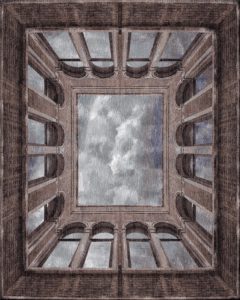
Illulian Sottosopra rug by Fabio Novembre
“Two great forces rule the world and put people together: fear and trust. Fear is easier to achieve, and it’s usually spread from top to bottom. Trust is a much stronger force, but hard to get because it needs everybody’s effort. Design must be at the service of trust; must overcome fears. Timothy Leary used to say: ‘The maximum of freedom must match the maximum of responsibility’,” says Novembre.
More specifically, he looks at design as a method of storytelling that can lead to change and make a positive difference. “I interpret any design gesture as a story to tell, and through my ability to narrate I try to make a difference. I do not pretend to be a problem-solver; actually, I try to create new ones. I believe in the power of storytelling, in the value of poetry, of beauty as redemption.”
To that end, the balance between business and aesthetic idealism takes a seemingly natural path. “Money and fame are collateral effects of a much higher aim: making the world a better place.”
Given his extensive oeuvre and influence in the industry, it’s almost impossible for him to choose his most definitive designs, but he does see a pattern emerging in the direction of his work.
“Products are like children – you love them all without any distinction. But if I have to analyse properly, I’ve always dealt with design as a scaled architecture. That’s probably why my work is going in the direction of a bigger scale. As I always say: ‘By dint of taking the longest step you end up stretching your legs’.”
He’s also clear about the multi-faceted nature of creation and the importance of interruption in the design process. “The work of any designer should be full of interrupted projects. We usually start so many things with such enthusiasm that after a while we must have the self-critical ability to leave something on the way. Creation should consider so many different issues, and we should be very aware of possible damages resulting from our own choices. And about success: it’s the most unpredictable thing ever. It would be too easy otherwise, don’t you agree?”
Turning to his mission for ‘Night of Italian Design’, we asked about his own relationship with Italy’s past, present and future.
“From Renzo Piano to Stefano Boeri, from Alessandro Mendini to Formafantasma, there are many Italians to be proud of,” beams Novembre. “Italy is a beautiful country and probably because of that, a lot of human-made beauty was born on the surface of this land. Its biggest challenge is to keep on investing in beauty, making it a social driver. Italy without beauty cannot survive.”

And he’s cautiously optimistic about the future. “Don’t forget that when I graduated in architecture there were drawing tables, not computers, in working places. I can really appreciate the digital revolution because I know where we came from. And all the technological potential that surrounds us makes me excited, never scared. Human beings have been designed with a front, a back and two sides. It unavoidably means that we can just evolve; there’s no way back. And I like it.”
His own future is as brilliant as his philosophy, vision and way of life. “I’m naturally increasing the scale of my projects: from a private villa in Abu Dhabi to the new Lamborghini compound in Sant’Agata Bolognese, from the new AC Milan sport centre in Beijing to a casino in Cairns (Australia).
Pablo Picasso used to say: ‘I look for what I find’. I agree with this idea of the future: Let’s go on, doubts and concerns will be clarified along the way.” We have no doubts about the success in his future as he moves ahead.
The Latest
Textures That Transform
Aura Living’s AW24 collection showcases the elegance of contrast and harmony
Form Meets Function
Laufen prioritises design, functionality and sustainability in its latest collections
Preserving Culture, Inspiring Creativity
Discover the Legacy of a Saudi Art Space: Prince Faisal bin Fahd Arts Hall explores the Hall’s enduring influence on the cultural fabric of Saudi Arabia
Channelling the Dada Spirit
Free-spirited and creative, The Home Hotel in Zurich injects a sense of whimsy into a former paper factory
id Most Wanted- January 2025
Falaj Collection by Aljoud Lootah Design
Things to Covet in January
identity selects warm-toned furniture pieces and objets that align with Pantone’s colour of the year
Shaping the Future of Workspaces by MillerKnoll
Stacy Stewart, Regional Director Middle East & Africa of MillerKnoll discusses the future and evolution of design in workspaces with identity.
Shaping Urban Transformation
Gensler’s Design Forecast Report 2025 identifies the top global design trends that will impact the real estate and built environment this year
Unveiling Attainable Luxury
Kamdar Developments has launched 105 Residences, a new high-end development in Jumeirah Village Circle.
The Muse
Located in the heart of Jumeirah Garden City, formerly known as ‘New Satwa’, The Muse adds to the urban fabric of the area
Cultural Immersion Meets Refined Luxury
The Chedi Hegra opens its doors in AlUla’s UNESCO World Heritage Site
Redefining Coastal Luxury
Sunshine Bay on Al Marjan island combines seaside views, exceptional design, and world-class amenities to create a unique waterfront haven
















